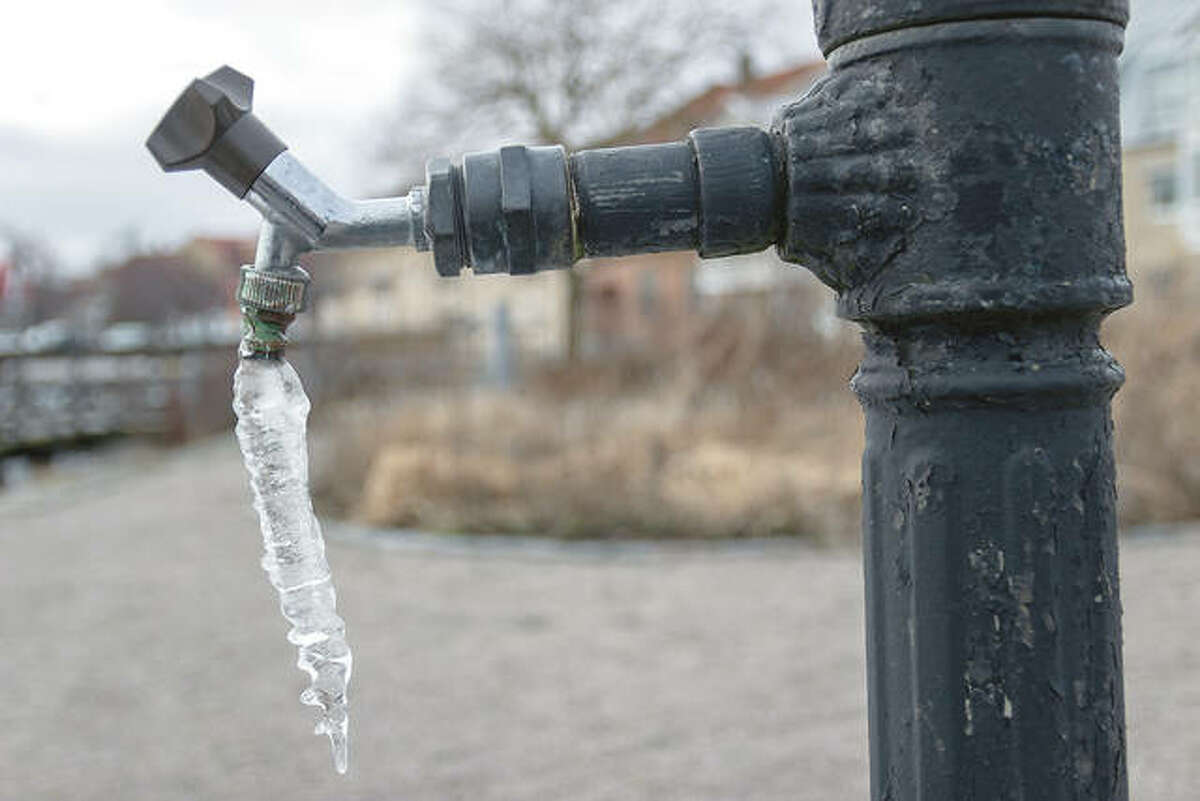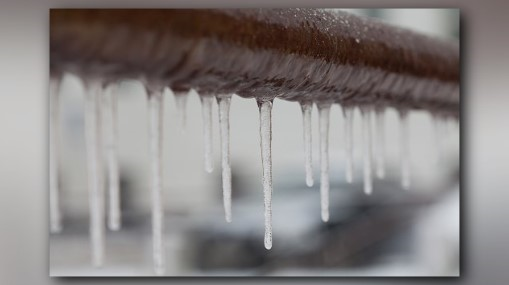Shielding Your Pipes from Freezing Issues: Critical Strategies
Shielding Your Pipes from Freezing Issues: Critical Strategies
Blog Article
We have encountered the article involving How to Prevent Your Pipes From Freezing down the page on the internet and decided it made good sense to quickly share it with you over here.

Cold weather can wreak havoc on your plumbing, particularly by freezing pipes. Right here's just how to prevent it from occurring and what to do if it does.
Intro
As temperatures decrease, the danger of frozen pipelines rises, potentially resulting in costly fixings and water damages. Recognizing exactly how to prevent frozen pipelines is vital for house owners in cold environments.
Comprehending Icy Pipelines
What triggers pipelines to freeze?
Pipelines ice up when revealed to temperature levels below 32 ° F (0 ° C) for prolonged durations. As water inside the pipes freezes, it expands, putting pressure on the pipeline walls and possibly causing them to rupture.
Threats and damages
Frozen pipes can lead to water system interruptions, home damage, and pricey repair services. Burst pipelines can flood homes and create extensive structural damage.
Signs of Frozen Pipeline
Identifying icy pipelines early can prevent them from breaking.
Exactly how to identify icy pipelines
Seek decreased water circulation from faucets, uncommon smells or sounds from pipelines, and visible frost on revealed pipelines.
Avoidance Tips
Insulating prone pipelines
Cover pipes in insulation sleeves or utilize warmth tape to safeguard them from freezing temperatures. Focus on pipelines in unheated or external locations of the home.
Heating strategies
Maintain interior rooms adequately warmed, particularly locations with plumbing. Open up cabinet doors to allow warm air to distribute around pipes under sinks.
Safeguarding Outdoor Plumbing
Garden hose pipes and outdoor taps
Separate and drain yard tubes prior to winter season. Mount frost-proof spigots or cover outside taps with protected caps.
What to Do If Your Pipes Freeze
Immediate activities to take
If you believe frozen pipelines, keep faucets open to alleviate pressure as the ice thaws. Make use of a hairdryer or towels taken in warm water to thaw pipes gradually.
Long-Term Solutions
Architectural modifications
Think about rerouting pipes far from exterior walls or unheated locations. Include added insulation to attic rooms, cellars, and crawl spaces.
Updating insulation
Buy high-quality insulation for pipes, attics, and walls. Appropriate insulation assists maintain constant temperature levels and reduces the risk of icy pipelines.
Verdict
Preventing icy pipelines calls for aggressive actions and fast feedbacks. By understanding the causes, signs, and preventive measures, house owners can secure their plumbing during cold weather.
5 Ways to Prevent Frozen Pipes
Drain Outdoor Faucets and Disconnect Hoses
First, close the shut-off valve that controls the flow of water in the pipe to your outdoor faucet. Then, head outside to disconnect and drain your hose and open the outdoor faucet to allow the water to completely drain out of the line. Turn off the faucet when done. Finally, head back to the shut-off valve and drain the remaining water inside the pipe into a bucket or container. Additionally, if you have a home irrigation system, you should consider hiring an expert to clear the system of water each year.
Insulate Pipes
One of the best and most cost-effective methods for preventing frozen water pipes is to wrap your pipes with insulation. This is especially important for areas in your home that aren’t exposed to heat, such as an attic. We suggest using foam sleeves, which can typically be found at your local hardware store.
Keep Heat Running at 65
Your pipes are located inside your walls, and the temperature there is much colder than the rest of the house. To prevent your pipes from freezing, The Insurance Information Institute suggests that you keep your home heated to at least 65 degrees, even when traveling. You may want to invest in smart devices that can keep an eye on the temperature in your home while you’re away.
Leave Water Dripping
Moving water — even a small trickle — can prevent ice from forming inside your pipes. When freezing temps are imminent, start a drip of water from all faucets that serve exposed pipes. Leaving a few faucets running will also help relieve pressure inside the pipes and help prevent a rupture if the water inside freezes.
Open Cupboard Doors
Warm your kitchen and bathroom pipes by opening cupboards and vanities. You should also leave your interior doors ajar to help warm air circulate evenly throughout your home.

I hope you enjoyed reading our piece about Preventing and dealing with frozen pipes. Many thanks for finding the time to browse our post. Are you aware of somebody else who is intrigued by the topic? Feel free to share it. I recognize the value of reading our article about Prevent Frozen Pipes .
Click Here Report this page